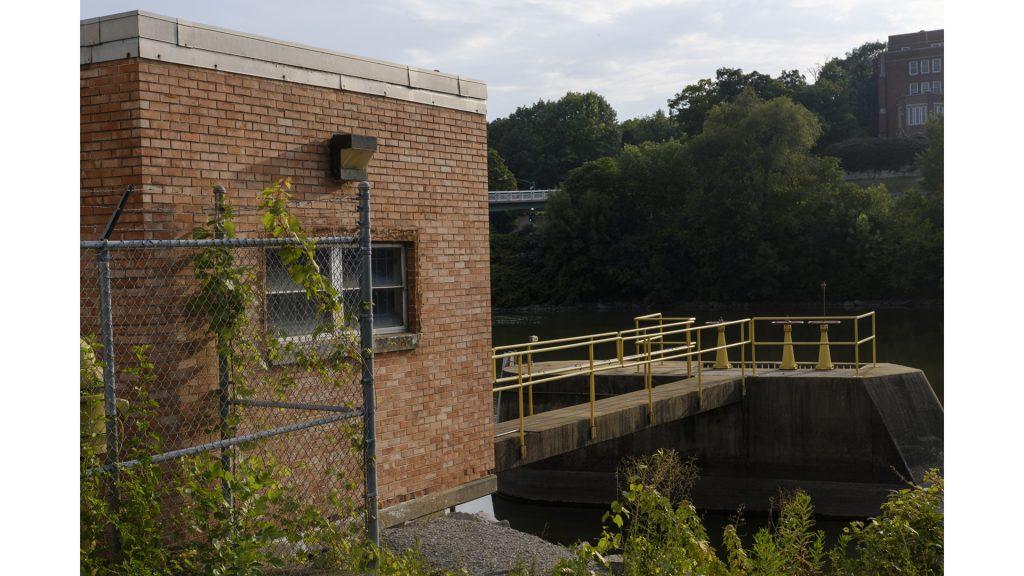The University of Iowa Water Plant will soon begin using a reverse-osmosis system to treat water in response to increasing nitrate levels in the Iowa River.
The EPA caps nitrate allowed in utility water at 10 parts per million; the Iowa River has surpassed that limit several times this year.
Chris Jones, an Iowa Institute of Hydraulic Research research engineer, said Iowa’s nitrate pollution mainly comes from fertilizers, manure, and soil processes involved in row-crop farming.
“As water travels through the soil profile, it dissolves the nitrate on the surface and in the soil,” he said. “This nitrate-laden water then is collected in the drain tiles, which are about a meter down, and these drain tiles then discharge to streams.”
Excess of nitrogen and other soil nutrients in the Mississippi River have infamously catalyzed algae blooms in the Gulf of Mexico, creating a “dead zone” of inhospitable conditions for life. Algae blooms happen locally as well, Jones said.
RELATED: Research focuses on Iowa as Mississippi River nitrate villain
Jones, a certified water-treatment operator, said nitrate over 10 ppm can lead to “Blue Baby Syndrome” in infants under 6 months. Approximately 60 public-water supplies in Iowa have nitrate problems, he said.
Until now, the UI Water Plant has diluted river water with well water when nitrate levels exceed the EPA limit.
“That left us vulnerable that if that well pump were to fail due to an electrical problem or any other type of a problem, that we had a risk that high nitrates would get sent out to the campus,” said Ben Fish, the university’s associate director of utilities. “We absolutely do not want to do that.”
Water Plant manager Scott Slee said the reverse-osmosis system removed 92 percent of nitrate in pilot studies. It will process 2.5 million gallons of water daily, or approximately 1,700 gallons a minute.
Slee said reverse osmosis uses pressure to force half the plant’s water through a membrane, which removes nitrate and other salts. The Iowa Department of Natural Resources has permitted the Water Plant to release removed chemicals back into the river.
Slee and Fish said only half the water will be treated that way to keep it from becoming too corrosive.
“If water is too pure, it will actually attack metal, including lead, in order to get minerals back into it in order to come back to a more stable state,” Fish said.
At $5.8 million, they said the system will improve water quality across the board compared with price-comparable solutions that target only nitrate. They said the system can use different membranes to target different chemicals, if needed, as regulations change.
“Having these membranes will give us flexibility in the future.” Slee said. “It gives us room for being adaptive.”
The reverse-osmosis system will enhance the plant’s filtration of organic matter from the water as well, they said, which will reduce harmful byproducts of chlorine reacting with excess carbon. The plant’s level of one such byproduct, trihalomethane, violated water-quality regulations in 2017.
Currently, the plant is working through some control issues with the new system, but Fish and Slee are hopeful it will get going in a few weeks.










